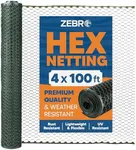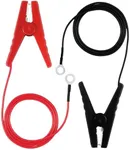Buying Guide for the Best Garden Fences
Choosing the right garden fence involves considering several factors to ensure it meets your needs and enhances your outdoor space. Garden fences can provide privacy, security, and aesthetic appeal, so it's important to understand the key specifications and how they align with your requirements. Here’s a guide to help you navigate the process of selecting the perfect garden fence.MaterialThe material of the fence is crucial as it affects durability, maintenance, and appearance. Common materials include wood, vinyl, metal, and composite. Wood offers a natural look but requires regular maintenance. Vinyl is low-maintenance and weather-resistant but can be more expensive. Metal, such as aluminum or wrought iron, is durable and secure but may not provide as much privacy. Composite materials combine wood and plastic, offering durability and low maintenance. Choose a material based on your preference for aesthetics, maintenance commitment, and the level of durability you need.
HeightThe height of the fence determines the level of privacy and security it provides. Fences typically range from 3 to 8 feet in height. Lower fences (3-4 feet) are suitable for decorative purposes and defining boundaries without obstructing views. Medium-height fences (5-6 feet) offer a balance of privacy and openness, ideal for front yards. Taller fences (7-8 feet) provide maximum privacy and security, making them suitable for backyards or areas where you want to block out noise and prying eyes. Consider the purpose of the fence and local regulations when deciding on the height.
StyleThe style of the fence contributes to the overall look of your garden and can complement your home’s architecture. Popular styles include picket, lattice, privacy, and post-and-rail. Picket fences are charming and traditional, ideal for front yards. Lattice fences add a decorative touch and can support climbing plants. Privacy fences are solid and provide complete seclusion, perfect for backyards. Post-and-rail fences have a rustic appeal and are great for large properties or rural settings. Choose a style that matches your aesthetic preferences and the function you want the fence to serve.
MaintenanceMaintenance requirements vary depending on the material and style of the fence. Wood fences need regular staining or painting to prevent rot and weather damage. Vinyl and composite fences are low-maintenance, requiring occasional cleaning with soap and water. Metal fences may need rust protection and periodic painting. Consider how much time and effort you are willing to invest in maintaining your fence. If you prefer a low-maintenance option, vinyl or composite might be the best choice. If you enjoy the look of natural wood and don’t mind the upkeep, a wooden fence could be ideal.
InstallationThe ease of installation can impact the overall cost and time required to set up your fence. Some fences, like vinyl and pre-fabricated panels, are easier to install and may come with DIY options. Wood and custom metal fences might require professional installation due to their complexity. If you are handy and enjoy DIY projects, you might opt for a fence that is easier to install yourself. If you prefer a hassle-free experience, consider hiring professionals, especially for more complex installations. Assess your skills and the complexity of the installation process when making your decision.
CostThe cost of a garden fence can vary widely based on the material, height, style, and installation method. Wood fences are generally more affordable but require ongoing maintenance. Vinyl and composite fences have a higher upfront cost but lower maintenance expenses. Metal fences can be expensive, especially if custom-made. Determine your budget and consider both the initial cost and long-term maintenance expenses. Balance your desire for quality and aesthetics with what you are willing to spend. Remember that investing in a durable, low-maintenance fence can save money in the long run.

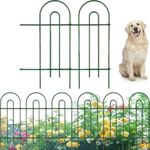




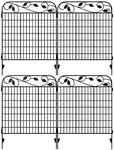



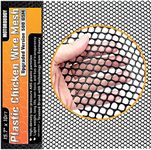


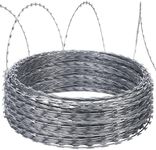
![IMPRESA [202 Pieces] T Post Wire Fence Clips & Wire Twister Tool for Building or Repairing Fences - 200 Fence Post Clips & 2 Extra Thick Clip Bender Tools - Fencing Tools - T Post Clips - Tool](https://images-proxy.bestreviews.guide/8XdIHD4oPHvZtK7JOjJ-c54xcz0=/0x150/https://m.media-amazon.com/images/I/51YYIFoXuOL._AC_CX679_.jpg)
